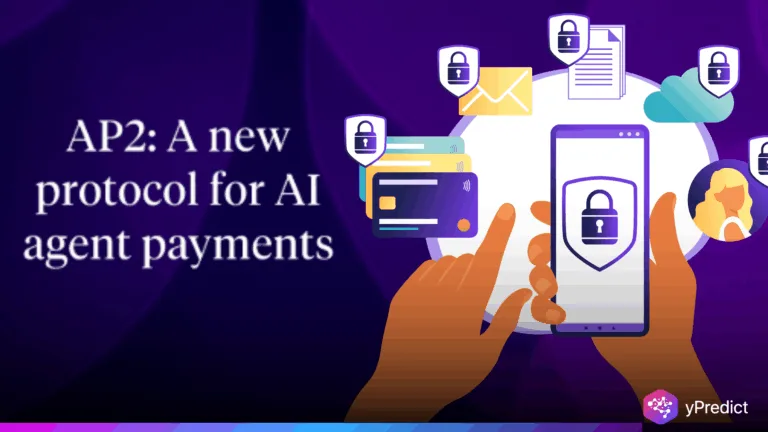
Xeleb Protocol has officially launched its mainnet, signaling a major leap forward for AI influencer technology in the Web3 space. This no-code platform allows creators and brands to design, own, and monetize AI influencers with ease, integrating blockchain tokenization to establish new economic opportunities. By connecting a wallet, configuring an AI persona, and sharing across social platforms, users can deploy interactive virtual agents in minutes. The platform’s Proof-of-Utility model rewards engagement, not hype, aiming to deliver sustainable value. As Binance Alpha prepares for its upcoming Xeleb airdrop on August 11, industry experts are focusing on how this model could reshape influencer marketing.
No-Code AI Influencer Creation Meets Blockchain Utility in the Xeleb Protocol Mainnet Launch
The no-code AI creates influencers backed by blockchain ownership and monetization within the Xeleb Protocol. Designers, irrespective of their technical skills, will be able to create virtual personas that would engage and communicate with audiences and produce tons of new content, forming communities. Platforms such as Instagram, Telegram, and even X might launch these AI influencers, all of which users can trace on-chain once configured. With tokenization, people can sell, transfer, or exchange these influencers, which creates an alternative revenue stream to the ad-based earnings that creators derived.
The Proof-of-Utility mechanism further supports this model by rewarding active and substantive use as opposed to hypothetical hype. The marketing budget cycle offers incentives to early adopters as well as token rewards to stimulate organic growth. This sets Xeleb apart in a competitive market of hyper-realistic-type content providers not containing blockchain, such as Creatify.ai. This strategy by Xeleb establishes a cyclical economy where creators, fans, and brands can equally exploit the utility-based interactions. Its association with large blockchain players supports its credibility, and future features such as AI-based real-time skin analysis extend the use cases.
Binance Alpha Airdrop and Market Implications for AI-Blockchain Integration
Binance Alpha will host an airdrop for Xeleb Protocol’s $XCX token on August 11, 2025, targeting traders who qualify through Alpha Points. Its model, offering early-stage tokens with minimal capital commitment, has proven effective for boosting adoption, with airdrop events rising 30% year-over-year in 2025. This launch strategy aligns with Xeleb’s aim to rapidly scale its user base before competitors enter the AI influencer-blockchain niche.
The $XCX token fuels transactions and governance in the Xeleb decentralized AI agent economy and serves as the source of quantity and Proof-of-Utility rewards. Although the academic literature is limited, researchers at the Massachusetts Institute of Technology published papers in 2023 that describe how blockchain-based AI ecosystems could become more transparent and align better with current stakeholder incentives. Nonetheless, scaling to large amounts continues to be an issue, and the throughput of current blockchains has its limitations in terms of mass adoption ability.
A 25 percent market capitalization boom of AI-related tokens since the middle of 2025 also occasions this airdrop, indicating a stakeholder interest in the new context of AI-blockchain. At this intersection, Xeleb is in a good position to capture the crypto-native population and other mainstream creators who need automation.
Long-Term Potential and Challenges Facing the Xeleb Protocol Ecosystem
The release of Xeleb Protocol indicates a radical step to transforming the universe of influencer marketing by incorporating a combination of AI automation, blockchain ownership, and stable-based rewards. The use of no-code lowers the barrier to entry, and the $XCX token economy provides an opportunity to monetize otherwise unexplored models. But the future road is complicated; market saturation, scalability with the blockchain, and changing regulations threaten it. Assuming that Xeleb can maintain engagement and uncomplicated utility-based functions, it could serve as a case study on how AI agents will integrate into decentralized economies.






